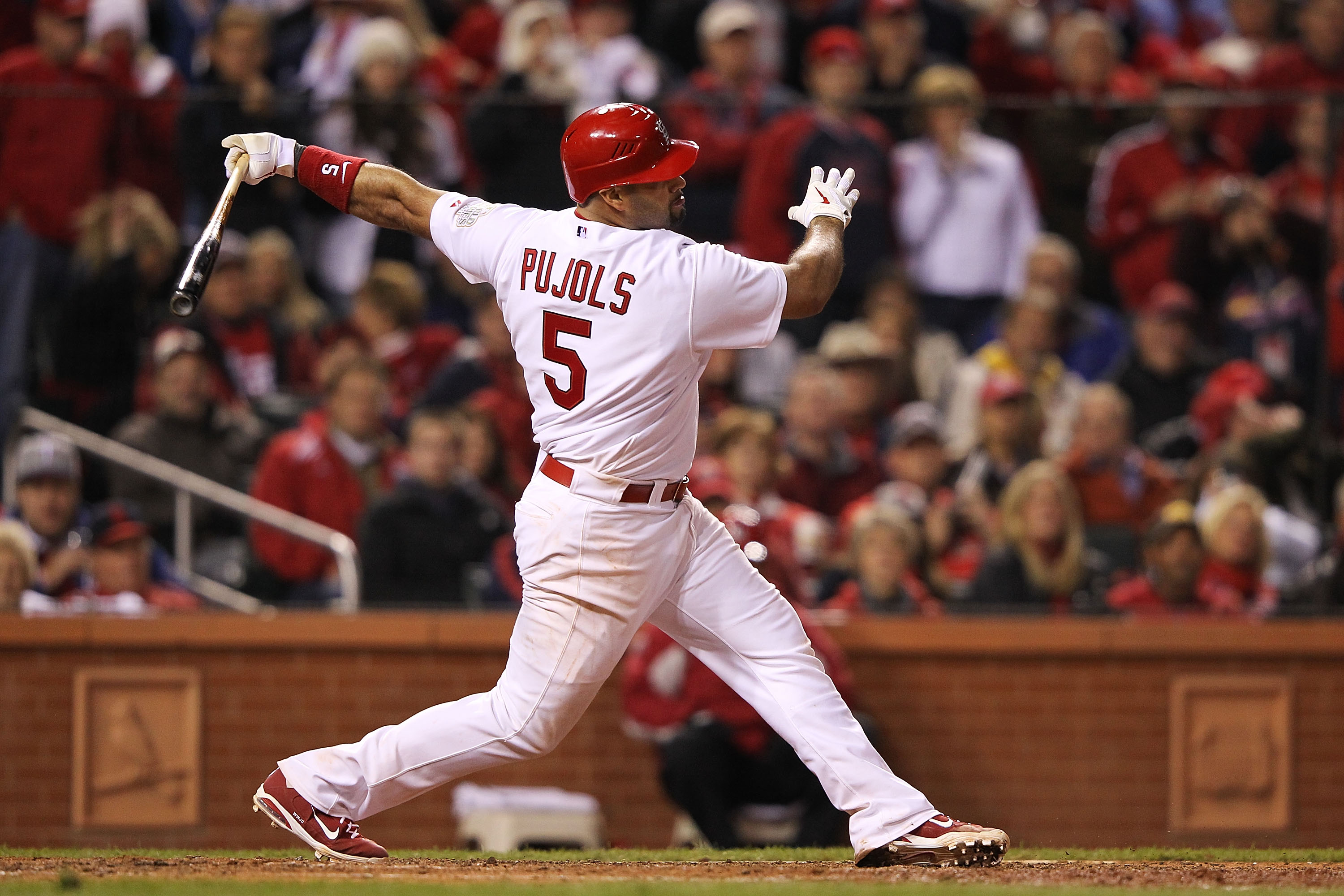I think we’re getting to the point in daily fantasy sports where projecting ownership in tournaments is vastly more important than projecting fantasy points. The average DFS player is getting smarter it seems – if player projections were all it took, then you could just put in two lineups of the two teams playing at Coors Field. Stack the top six guys; win all the money.
Obviously, that isn’t how things work and it is actually what makes DFS unique from season-long leagues. Overlapping players brings a new element to master and we’re probably not far away from DFS sites switching from player point projections to ownership projections. If you’ve read any of my articles, you’re probably sick of hearing this DFS mantra, but here we go again: the goal is not to score as many fantasy points as possible no matter what; the goal is to win the contest.
Bringing up the Coors example again, let’s look specifically at this. Using our Trends tool, we can see the average MLB player’s Plus/Minus at each batting order spot. Here’s all MLB games in the last 365 days:

This shows a clear dip as the batting order decreases, with batters not reaching value around the sixth spot in the order. This is probably no real surprise – the best batters hit at the top of the order, and further, the top of the order also generates more at-bats. It makes sense for the positive value batters to be at the top of the order.
Now let’s look at teams playing at Coors Field. Usually Vegas projects them to score a ton of runs, so here’s the same Plus/Minus data for batting order for teams projected at 5 runs or more at Coors:

Every single batting position has historically exceeded what we’d expect based on their salaries. Now let’s talk value – the top four guys are generally going to be way more heavily owned than the lower order guys, mostly because DFS players are still operating under the assumption of the first graph above. However, as you can see, the sixth batter at Coors has been just as valuable from a fantasy point perspective as the third-spot hitter, and I’d venture to say they’re probably way more valuable from an ownership perspective.
In tournaments, it’s important to find ways to create a unique lineup and be contrarian. However, there’s a difference between being contrarian and being dumb – unfortunately, it’s sometimes easy to confuse these. A good DFS player finds contrarian strategies that are still +EV. Hitters in the ninth spot are always lower owned – rostering one generally falls in the dumb side of the debate. In a Coors situation, that might not be true, and getting in bottom-of-the-order guys could be an interesting contrarian strategy.
There’s no doubt that you want exposure to teams playing at Coors. However, you have to find ways to maximize your exposure while also not decreasing your probability of winning due to high ownership. We’ve talked about mini stacks recently, and perhaps that, combined with hitters at the bottom of the order, could be an interesting way to create a unique lineup while not sacrificing exposure to valuable hitters in a valuable situation.





